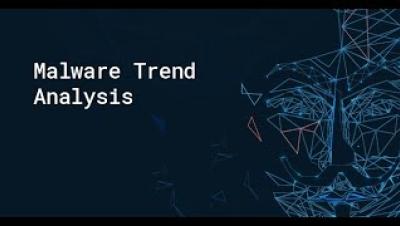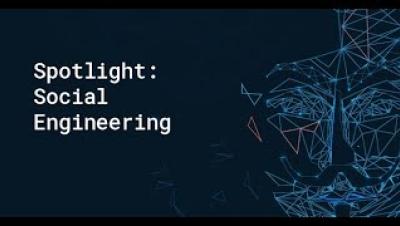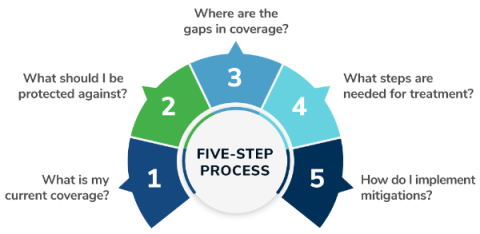CVE-2023-50164: Remote Code Execution Vulnerability Discovered in Apache Struts
Apache has released an advisory for a critical vulnerability discovered in Struts versions 2.0.0-2.3.37(EOL), 6.0.0-6.3.0.1 and 2.0.0-2.5.32. This vulnerability is being tracked as CVE-2023-50164 with a CVSS score of 9.8 (Critical) and is reportedly being actively exploited. Impacted versions are affected by a file upload and directory traversal vulnerability that can lead to remote code execution.







